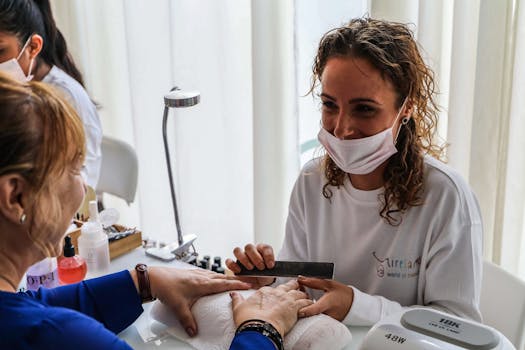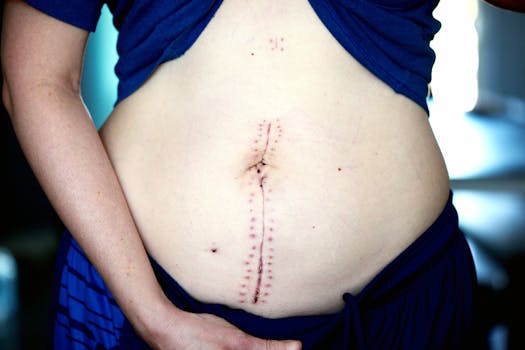FUT Scar — Tips and FAQs
When you’re researching post-operative care, having a clear, evidence-informed guide helps. Fut Scar: Expert Tips and FAQs appears here to give an accessible overview of what causes a visible linear mark after a strip harvest, how it can be minimized, and what realistic expectations should look like. Whether you’re dealing with a fresh wound or an older line, understanding the biology and options is the first step.
Why a fut scar forms and what affects its appearance
A hair transplant using the follicular unit transplantation (FUT) or strip method involves removing a donor strip from the back of the scalp and closing the wound with sutures. The resulting fut scar is a linear scar that varies in width and visibility depending on factors such as surgical technique (e.g., trichophytic closure), individual healing tendencies, skin tension, and post-operative care. Some people are genetically prone to thicker scars or keloids, while others will have a thin, inconspicuous line.
Immediate care to support the best healing
In the first days and weeks after surgery, follow your surgeon’s instructions carefully: keep the area clean, avoid strenuous activity that stretches the scalp, and protect the scar from sun exposure. Small interventions like silicone gel sheeting or medical-grade silicone scar creams (used consistently) can reduce hypertrophy. Avoid picking at scabs and be patient — the scar will continue remodeling for many months.
Non-surgical techniques to soften or conceal a scar
If you’re hoping to make a scar less noticeable without another operation, options include:
- Topical silicone products and pressure therapy during early remodeling phases.
- Microneedling or fractional laser treatments performed by experienced clinicians to stimulate collagen remodeling.
- Strategic hair styling or a subtle change in hair length to provide natural coverage.
Surgical revision and alternatives
For scars that remain wide or atrophic, scar revision is a common solution. Techniques include excision and re-closure with a trichophytic edge to allow hair to grow through the scar, or adding a small FUE hair transplant into the scar for camouflage. When considering revision, discuss realistic results and risks with a board-certified hair restoration surgeon.
Comparing FUT and FUE in terms of scarring
Many patients ask whether an FUE (follicular unit extraction) avoids a fut scar entirely. FUE creates many tiny round punctate scars rather than one linear scar, which can be easier to conceal with short hair. However, if you already have a hair transplant fut scar, a combination of FUE grafting into the scar and revision techniques can improve the cosmetic outcome.
Choosing a surgeon and realistic expectations
Select a surgeon with a track record of refined closure techniques and before-and-after photos demonstrating thin, well-healed scars. Ask about their approach to minimizing tension on the wound and how they manage post-operative care. Remember that no technique can guarantee a completely invisible line for every patient; the goal is significant improvement and natural-looking results.
Lifestyle and long-term care
Smoking, uncontrolled diabetes, and poor nutrition impair wound healing and can worsen scar formation. Protect the healed scar from chronic sun exposure and consider skin-friendly habits — for guidance on gentle skincare and sustainable choices that support skin health, see descriptive anchor text. For clinical background on hair restoration procedures and outcomes, reputable overviews such as the procedure summary at Wikipedia can provide useful context: Hair transplant overview.
When to seek professional assessment
If the scar is painful, shows signs of infection, is rapidly enlarging, or causes functional problems, contact your surgeon promptly. For cosmetic concerns, a consultation several months after the procedure (once remodeling has stabilized) can identify appropriate next steps including non-surgical therapies or revision surgery.
- Early silicone therapy and sun protection help the scar remodel more favorably.
- Surgical technique and wound tension are major determinants of final scar width.
- FUE grafting into a linear scar or trichophytic closure can markedly improve appearance.
- Healthy lifestyle choices support better wound healing and scar quality.
FAQ — Can a fut scar be completely removed?
Complete removal of a fut scar is rarely possible without another surgical procedure; however, scar revision and camouflage techniques (trichophytic closure, excision with fine suturing, or FUE grafting into the scar) can make it much less visible and often undetectable in everyday situations.
FAQ — How soon can I get scar revision after my hair transplant?
Surgeons typically wait at least 6–12 months after the initial FUT procedure so the scar has gone through its primary remodeling phase. The exact timing depends on how the scar has matured and your surgeon’s assessment.
FAQ — Will future haircuts hide a hair transplant fut scar?
Many patients can conceal a fine linear scar with moderate hair length or styling. If you prefer very short hairstyles, consider discussing preventive or corrective options (like FUE camouflage) with your surgeon beforehand.






